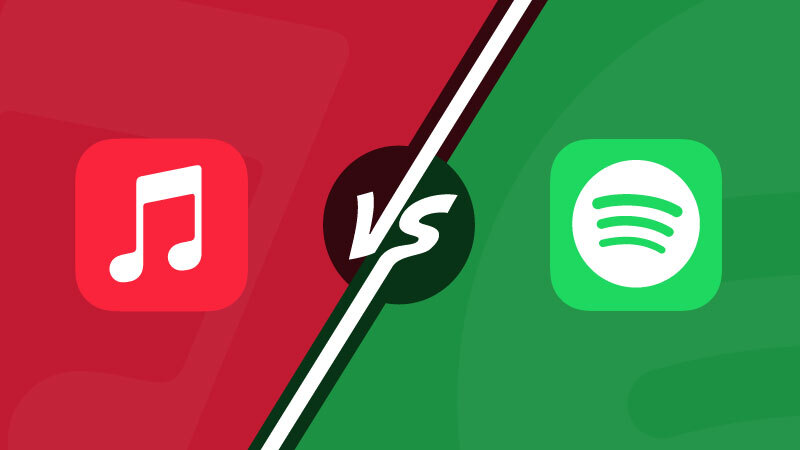They may seem different in many ways, but in reality, Apple Music and TIDAL are similar in many ways. Less famous than its competitor, TIDAL is still a reference in North America and should continue to attract users, even though it recently lowered the price of its monthly subscriptions. At the same time, its competitors were doing the opposite! Apple Music VS TIDAL: what are the differences?
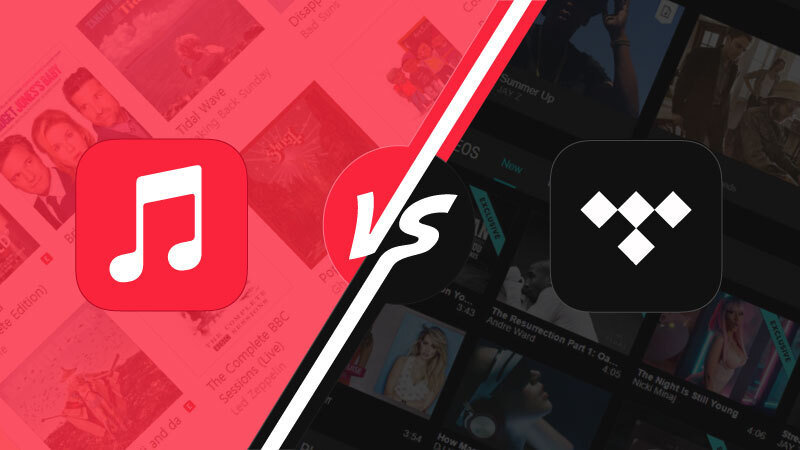
We’ll tell you all about it right now.
What’s the difference?
The two platforms were born in the same year, 2015, but they soon went their separate ways. The arrival of TIDAL in 2015 was announced with great fanfare. Jay-Z was introduced as the majority shareholder, and a star-studded press conference was held.
TIDAL presents itself as a streaming service designed by artists for artists. They are keen to quickly distinguish themselves from Spotify, Apple Music, Deezer, and others, insisting they will be the first to pay artists what they deserve for their work while offering optimal audio quality. If TIDAL’s communication is anything to go by, it’s a revolution. A little anecdote: back in 2015, when TIDAL was launched, Soundiiz played a significant role in the early adoption of the service. The Verge and Forbes wrote an article stating that TIDAL partnered with Soundiiz to encourage users to move quickly from whatever streaming platform they were using to TIDAL.
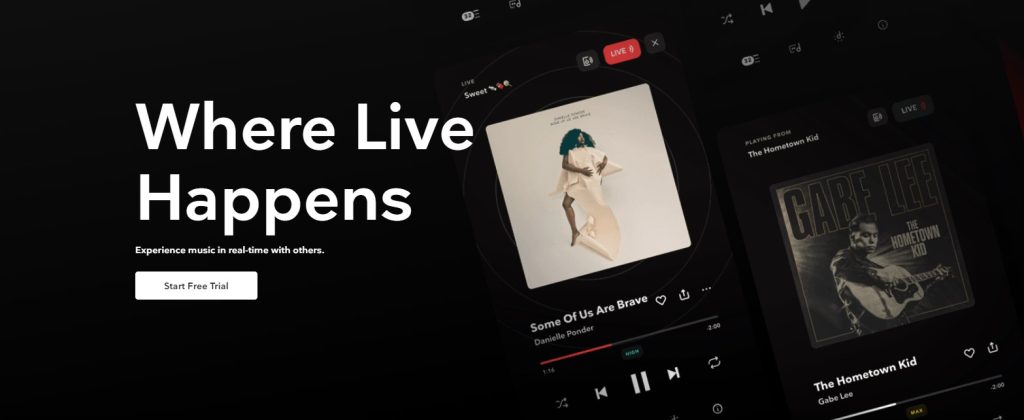
In its early days, TIDAL also offered albums that were available exclusively on its platform and nowhere else. This allows TIDAL to stand out and create a little buzz with each operation.
Today, by combining some of the best audio quality on the market with editorial and video content and positioning itself as a platform designed for artists, ensuring them better remuneration than elsewhere, TIDAL has remained true to its DNA.
Starting strong
Apple Music, meanwhile, also launched in 2015 on the foundations built by the iTunes service. The company buys Beats Electronics and absorbs Beats Music, a streaming service. Apple Music adopts an aggressive strategy from the outset, organizing events, multiplying the number of radio stations available, and investing in every conceivable terrain. Jimmy Iovine, co-founder of Beats Electronics, announces that he wants to make Apple Music more than a “simple” streaming service. His aim is for it to become a meeting place, a reference point for everything to do with music.
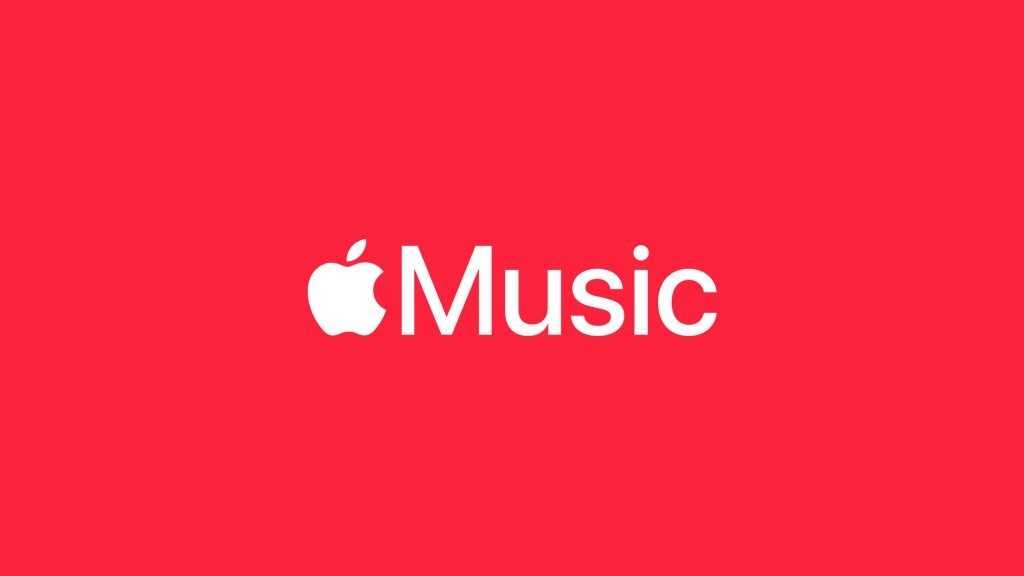
Recently, Apple Music launched Apple Music Classical, which is dedicated to classical music. The company continues to innovate and remains one of the market leaders, thanks in particular to its radio stations, broadcasts, and other exclusive content, which also position it as a cultural leader.
Apple Music VS TIDAL: what are the differences regarding audio quality?
TIDAL is the champion of streaming services in this field. In its early days, it even based its expansion on this dimension, positioning itself as a platform at the service of artists. For a long time, TIDAL and Qobuz were the undisputed leaders in this field. But the competition is gradually catching up!
Apple Music offers features in its settings that rival those of TIDAL. The vast majority of users, if they choose the highest audio quality options, should see no difference between the two platforms. However, Soundiiz surveyed audio media specialists, such as Headphonesty.
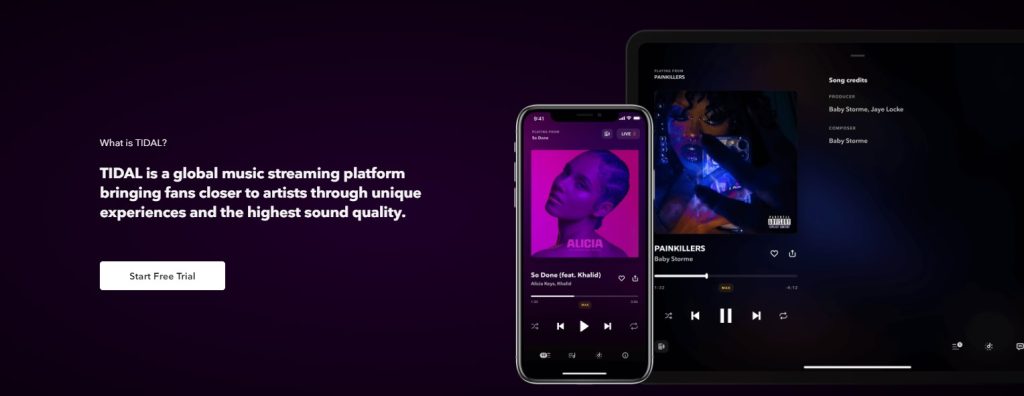
Testing the settings of TIDAL and Apple Music with the same song, the site concluded that TIDAL had a richer, more detailed sound than Apple Music. It takes a sharp ear to pick up on these differences, but we trust them.
However, only some listeners are sound engineers looking for the best music. These same listeners may perceive a difference in sound between TIDAL and Apple Music, but they won’t find it astounding. So it’s hard for us to pick a winner in this category!
Winner: It’s a tie!
Apple Music VS TIDAL: what are the differences regarding User Experience & Algorithms?
TIDAL offers an easy-to-understand experience with a scroll-based design that emphasizes sobriety. The Premium aspect that TIDAL wanted to instill in its service is respected right down to the ergonomics.
On the other hand, Apple Music’s homepage seems more crowded, and information is less easy to find. Perhaps Apple Music puts too much emphasis on its radios and other options rather than the music itself. However, this is subjective; everyone should find positives and negatives in each interface.
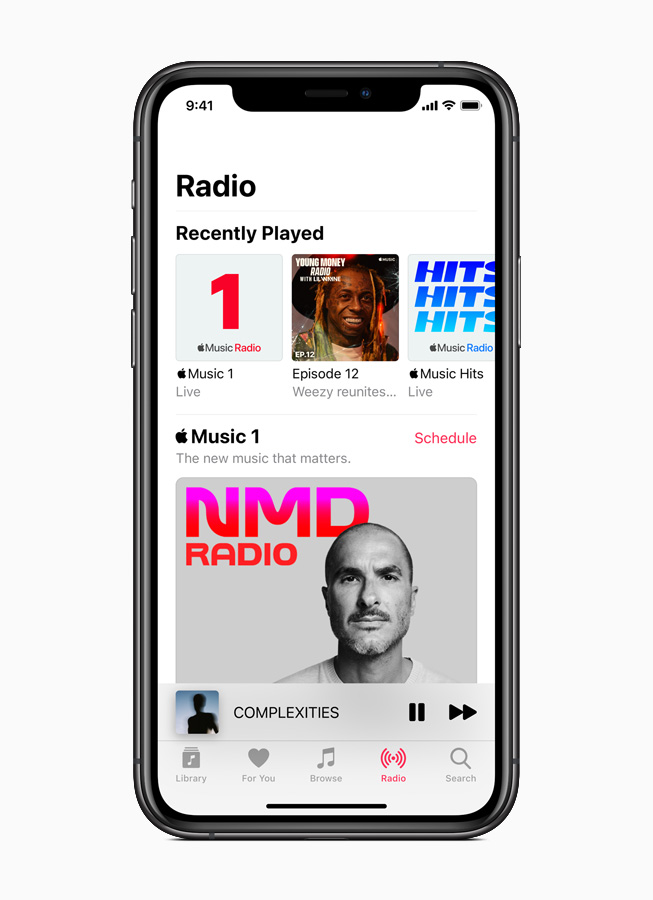
The most important, or at least what interests us most, is the TIDAL and Apple Music algorithm.
TIDAL is renowned for enabling users to discover new artists through its “My Mix” and “My Daily Discovery” playlists. TIDAL uses a combination of artificial intelligence and content generated by real people to offer playlists that are as close as possible to its customers’ tastes.
For its part, Apple Music is not to be outdone, with playlists entitled “New Music Mix” that also feature new music. But by many accounts, they seem less sharp and relevant than the same type of playlists available from TDIAL.
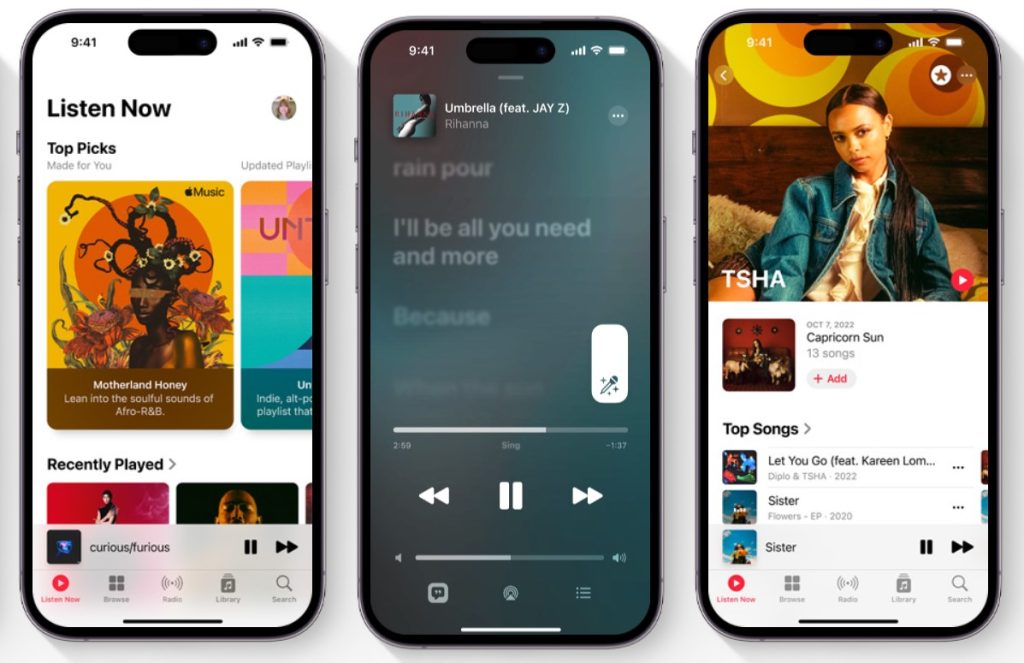
TIDAL and Apple Music are similar; one sometimes wonders who inspired the other. They both feature “stations,” which are playlists based on a song or artist to suggest a list of songs related to the data. It’s as if Apple Music and TIDAL were creating lots of little emulations of the same data. Each user is then free to add these playlists to their library.
Note that you can retrieve these playlists even if you’re no longer an Apple Music or TIDAL user by using Soundiiz and our synchronization tool. Keep this in mind if these generative playlists seem particularly relevant to you!
Winner: TIDAL, but it’s very close!
Apple Music VS TIDAL: what are the differences regarding Price & Subscription
– (as of April 2024) –
A few months ago, TIDAL would have needed to catch up on price. But from April 2024, the company will be fighting back. It was considered too expensive by many, with subscriptions approaching $15. And while almost all streaming platforms have raised their prices for various reasons we explained in this article, TIDAL has gone in the opposite direction. As The Verge explains:
“Starting April 10th in the US, the company will combine its existing HiFi and HiFi Plus plans into a single subscription tier that will simply be called “Tidal.” And it’ll cost the same $10.99 per month that the less expensive HiFi plan did.”. The Verge then adds: “At a high level, it sounds like this new, much simpler subscription model will still include all the perks — high-res FLACs, Dolby Atmos mixes, etc. — previously only available on the Plus tier.”
Apple Music, for its part, has raised its prices by a dollar, like many of its competitors, to $10.99 per month, with a one-month free trial.
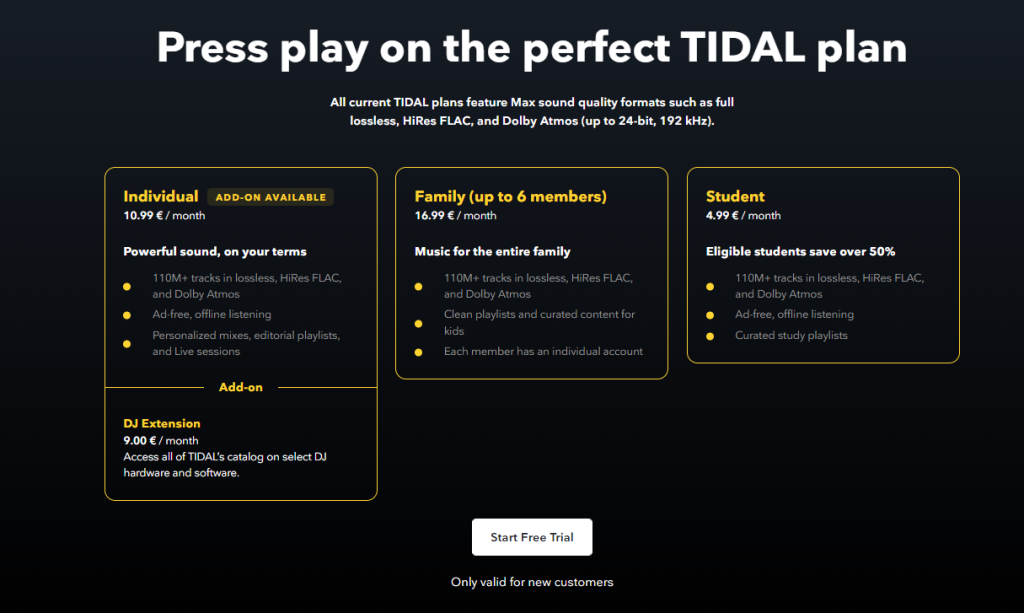
Therefore, the two basic subscription prices will be similar, and this is a real game changer in the streaming world. Until now, TIDAL hasn’t been able to compete with the others, but its change of strategy could well cause a small earthquake and reshuffle the cards!
Winner: It’s a tie!
Catalogs: Which should you choose between Apple Music and TIDAL?
– (as of April 2024) –
Regarding the number of songs available, the two services are on par. As is often the case, the difference lies in the music-related content explicitly created by the editorial teams of the two platforms. In this respect, Apple Music, with its radio stations, special programs, and an army of media figures, is in the first place. Remember that since 2022, Apple Music has also been the exclusive partner of the most important media event of each year: the Superbowl. This generates a wealth of exclusive, dedicated content its competitors don’t have.
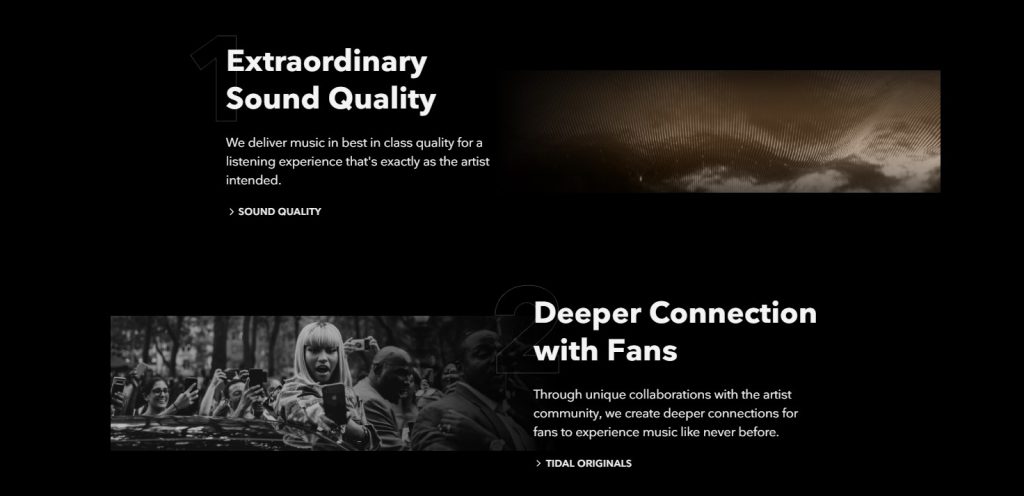
TIDAL also offers a wealth of exciting content, but the service still lags behind Apple Music. Indeed, TIDAL has focused on other aspects, starting with audio and fairer remuneration for artists.
Winner: Apple Music
Apple Music VS TIDAL: what are the differences?
TIDAL and Apple Music have a lot in common. Both offer top-quality audio. They also provide a wealth of exclusive and exciting content, over and above a simple music catalog.

On the other hand, TIDAL pays the artists better, and perhaps that is the main difference. The price argument is no longer an argument since TIDAL has lowered its prices. If, like us, you’re committed to streaming being a better business opportunity for content creators, you should choose TIDAL.
But if podcasts, radio shows, and other editorial content are paramount, Apple Music should be your choice, especially now that It lets you listen to music in Ultra HD and offers Spatial Audio by Dolby Atmos technology.
Soundiiz: Transfer your playlists from one music service to another
Thanks to our blog post, you’ve made your choice. You want to switch from Apple Music to TIDAL or from TIDAL to Apple Music. But what do you do with all the data you’ve accumulated on one service or the other? Will you lose everything? Will the playlists you’ve spent weeks and months building disappear? The answer is simple: If you don’t use Soundiiz, yes. If you use Soundiiz, no!
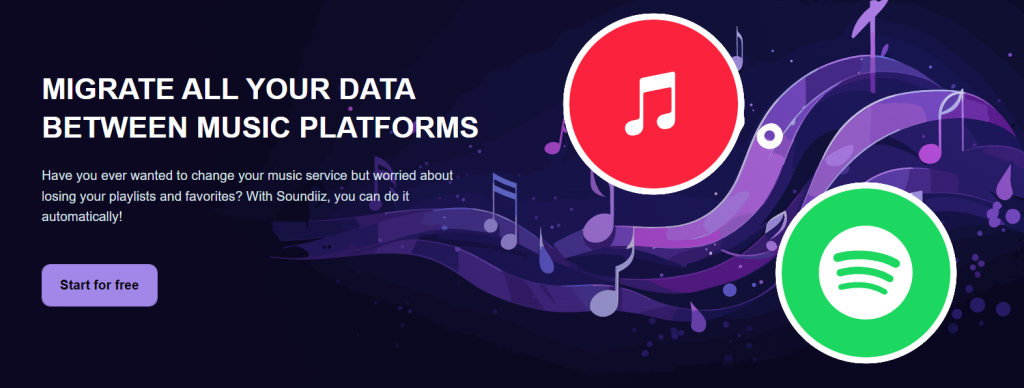
Thanks to our transfer tool, which we’ve been perfecting since the early days of Soundiiz, your favorite artists and tracks, playlists, and albums will be on the platform of your choice in just a few minutes. You won’t have to start from scratch. Practical, isn’t it?
Soundiiz can also download all your streaming data in text or CSV format.
The main reason you’d want to export your data is to store it in a safe place where you know you’ll be able to find it again. Other people use Soundiiz as a storage place or as a tool to share all their streaming data.
But it doesn’t stop here! Thanks to our sync function, you can choose to synchronize one playlist with another by selecting the daily, weekly, or monthly frequency. Soundiiz can replace songs in the destination playlist or add tracks at the end of the current tracklist. And every time you modify a playlist on one platform, this modification, if Synchronization is activated, will be reflected on the other playlist.

Using our Sync function, you can ask Soundiiz to retrieve updates to your Apple Music playlists at your chosen frequency. Then, you’ll effortlessly be able to find them again on your TIDAL account.
Now that you know everything about Soundiiz, you can test our services here!



